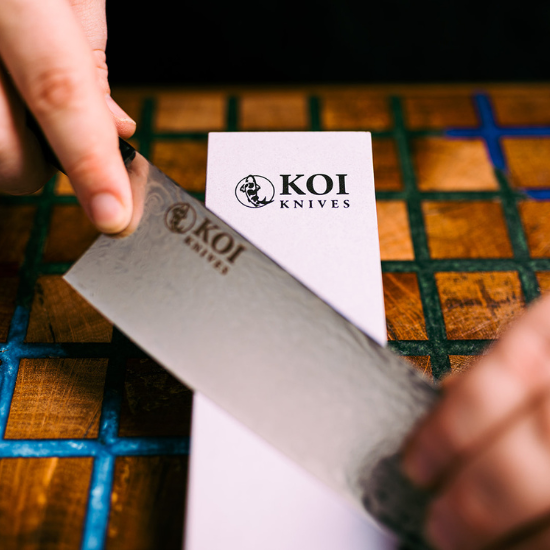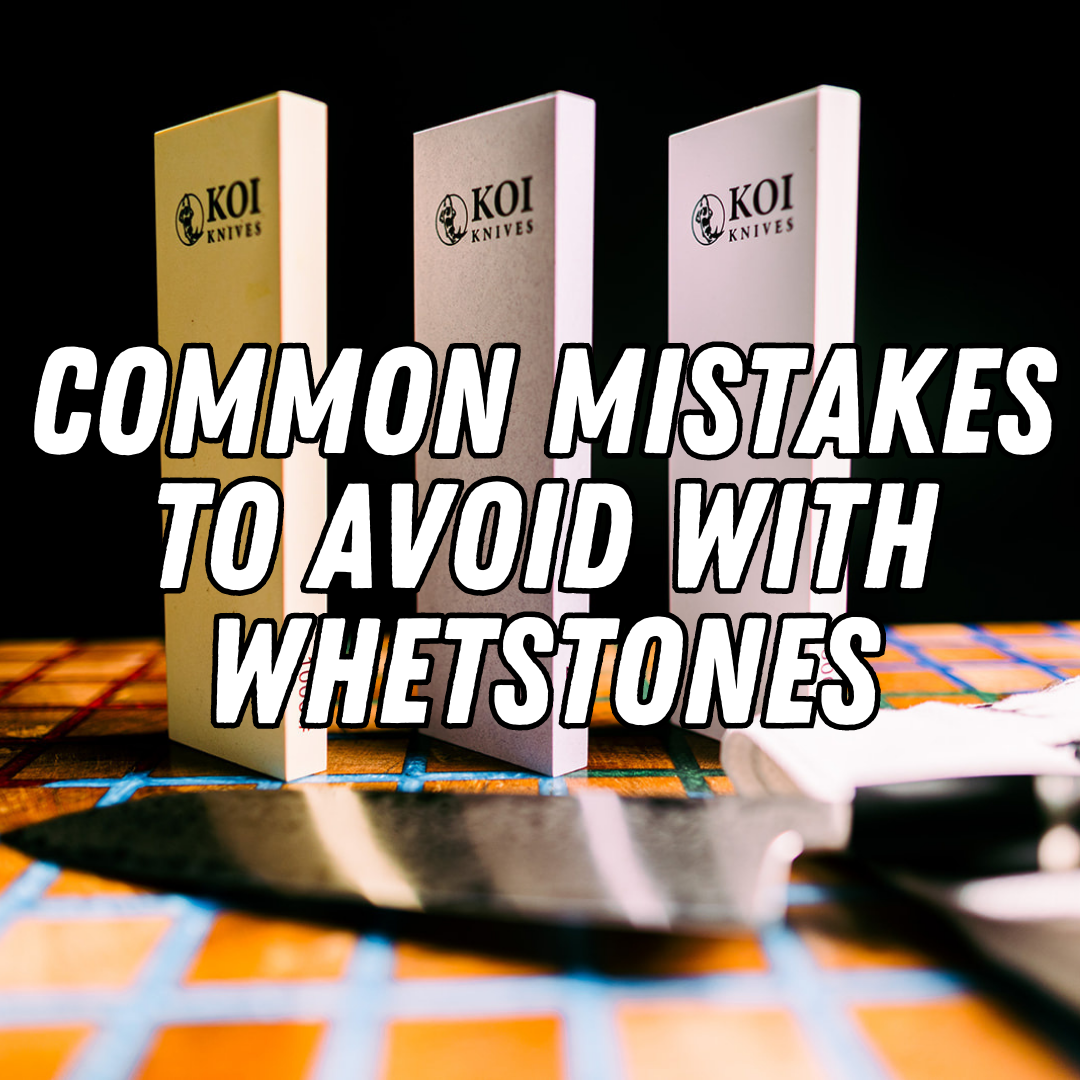Nothing is more infuriating than attempting to create your favourite dinner while having to chop your ingredients with a dull knife that lacks precision and sharpness. Using a blunt knife is more dangerous because you can injure yourself if you use too much force. Having a well-maintained knife blade is a good idea whether you are a professional chef or a home cook.
Click here to view our seriously sharp knives
There are numerous accessories available to sharpen your blades, which vary in terms of brand, material, grit, and a variety of other factors. What should you get when you first start? Is it important which brand you use?
The person and the techniques applied are responsible for the vast majority of the outcomes. As a result, the brand may not be as important as you believe. Let's go over the most commonly used sharpening materials, as well as their advantages and disadvantages. In the end, the technique required to achieve the desired results is what matters, not the brand or price of the stone. A well-known brand is superior and will last longer, but the technique used to achieve the results accounts for 90% of the sharpness.
Whetstones/Water Stones
The whetstone, also known as a water stone, must be soaked for 10 minutes or less before use. They are inexpensive to produce, and the price varies depending on the brand. However, most of the time, the grit ratings from various brands are correct, regardless of where they are manufactured, and you will get a sharp result.
The key issue is that water stones dish out very quickly, even after one single knife sharpening, so the life span is short. This can cause quite a few concerns for beginners, and mastering your sharpening technique on that type of stone will become more difficult.
Consequently, it is critical to keep the stone flat and level at all times, especially if you are sharpening for the first time. While the grit is mostly accurate, the softness of these stones varies by their make; the softer the stone, the faster it dishes. The majority, if not all, water stones/soaking stones use aluminum oxide as their principal sharpening material, and the binding determines how quickly the stonewares out.
Ceramic Whetstone (Splash and Go “Water”)
Compared to water stones, the ceramic stone does not dish out as quickly as the soaking stones. The ceramic whetstone is also ready to use right away, with no need to soak it first.
They are more expensive than soaking stones, but because they do not wear out as quickly as soaking stones, they’re preferred over aluminum oxide soaking stones. Ceramic stones have a much longer lifespan and are ideal for blades with a high Rockwell hardness.
You don't need much to keep your ceramic sharpening stone in fantastic shape. You can get a lot done with only some soapy water and a sponge.
Diamond Stones (Dry, Splash, and Go “Water”, Oil)
Each time you utilize the Diamond stone, you will fall in love with it. Most diamond stones require a few pre-sharpening sessions to attain the grit level specified on the packaging. All diamond stones are plated on top of aluminium or steel, and you don't need to flatten them at all; they remain flat even after 30 sharpening sessions.
You can use it dry or with a little water to make the sharpening sessions go more smoothly. Furthermore, you should not soak or keep water on it for an extended period because the steel beneath may rust.
The Diamond stone has the advantage of being quick, and you may also use it to flatten your soaking or ceramic whetstone. The disadvantage is that it takes a lot of pre-sharpening before it reaches the specified grit on the package.
A diamond whetstone is pricey, but a Chinese-made version is just as good and costs $25/$30. Because the Diamond stone requires pre-sharpening, it's best to start with older blades and work your way to the appropriate grit.
Grit
Are you a beginner when it comes to utilizing a whetstone? What does the numeral on the whetstone's side denote? Without this knowledge, you risk wasting time trying to sharpen your kitchen knives with a whetstone that is overly smooth, or worse, ruining your kitchen knives. The grit size of the abrasive particles in the stone is indicated by the digit or grit size labelled on every whetstone.
Sharpening stones ranging from 120 to 400 grit are best suited for rough sharpening's, such as removing chips along the edge or restoring a particularly dull blade. In this scenario, we suggest using stones with grits of 120 and 240.
Sharpening stones with grits ranging from 700 to 2000 are used for standard sharpening. We propose stones with a grit of 700 to 1200.
You can use stones with a grit of roughly 2000 to remove fine scratches and burrs left by coarser stones and polish the surface. Although there is no theoretical upper limit, stones with grits greater than roughly 10000 grit produce virtually no discernible edge improvement.
It's also worth noting that there is no Japanese measurement standard above, 8000 grit. You simply have to accept the manufacturer's word for it when it comes to stones marketed as having a finer grit.
If you have some sharpening experience, an 8000 grit finishing stone is recommended. If you're unsure or a newbie, stones with grits ranging from 3000 to 6000 would suffice.
On the other hand, if you sharpen a lot of knives, you will need at least three stones. One for rough grinding, one for sharpening, and one for honing. A combination stone will suffice if you sharpen blades occasionally and do not need to remove a chip along the edge of the blade. The size you choose is primarily a trade-off between cost and speed, with larger stones allowing you to work faster. Smaller stones work just as well as larger stones, although they take a bit longer to process.



